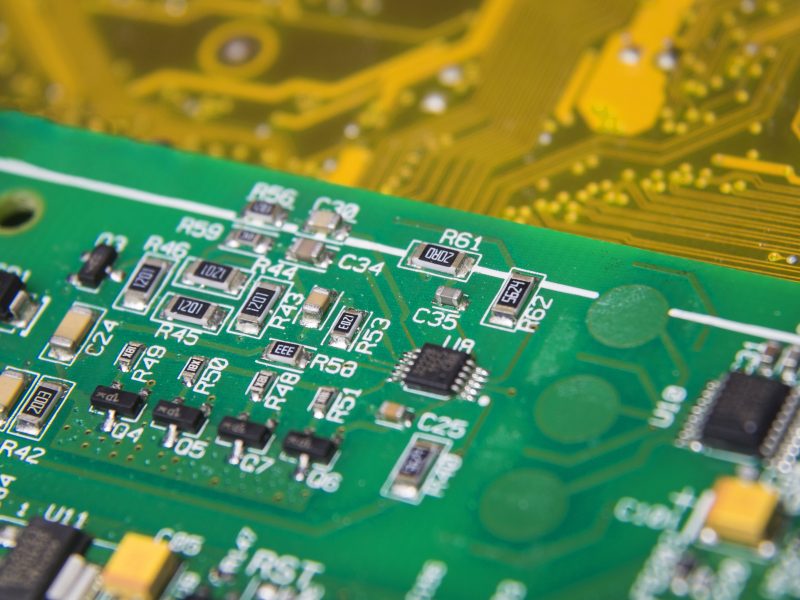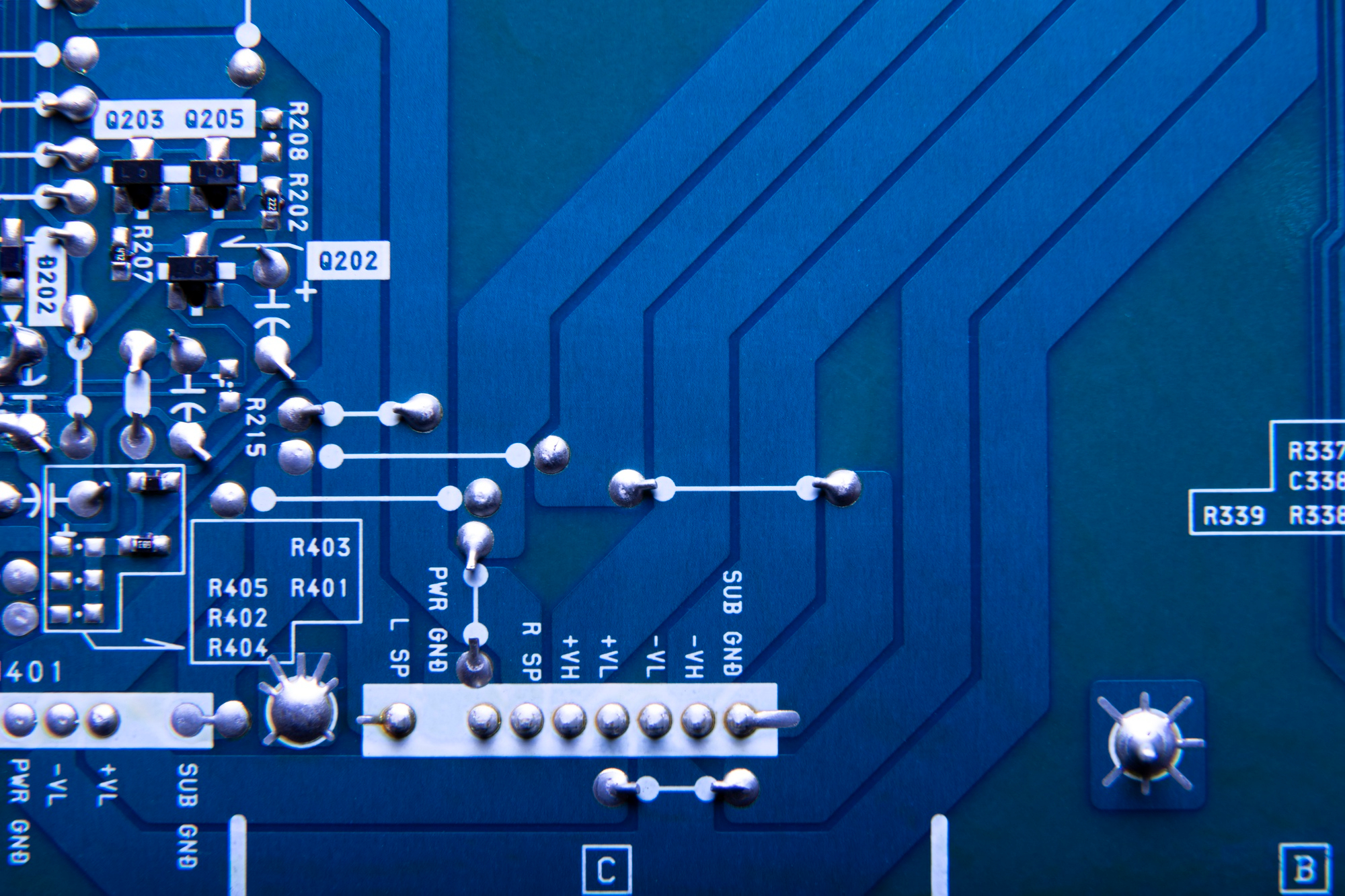
Did you know a faulty electronic component can result in millions of dollars in business losses? Even the tiniest error can lead to catastrophic outcomes in an industry where precision is paramount.
This underscores the critical importance of quality assurance and rigorous testing in producing electronic device components .
For businesses sourcing these components, understanding and implementing top-tier quality assurance practices is not just a best practice—it’s a necessity.
But what does it take to ensure that electronic components sourced for your business are of the highest quality? How do manufacturers, distributors, and brokers manufacture products that stand the test of time and rigorous use? The answer lies in a well-structured approach to quality assurance and testing.
This blog will explore the essential quality assurance and testing methods that drive excellence in electronic products, ensuring reliability, performance, and customer satisfaction.
Role of Quality Assurance in the Electronics Industry
Quality control is paramount in electronic manufacturing due to its far-reaching implications. Electronic devices, integral to our daily lives, from smartphones and computers to critical medical and automotive systems, demand flawless operation.
Defects or malfunctions in electronic device components can lead to substantial financial losses, tarnished brand reputation, and, most critically, safety hazards. Rigorous quality control proactively identifies and rectifies potential issues, preventing product failures and safeguarding customer trust.
The intricate nature of electronic product design and manufacturing accentuates the need for quality assurance. As devices shrink and incorporate advanced technologies like AI and IoT, the tolerance for errors diminishes. Quality control ensures components adhere to precise specifications and the final product performs reliably.
Adherence to regulations and industry standards is another cornerstone of quality control. Electronic components must comply with stringent safety and environmental guidelines mandated by organizations like Underwriters Laboratories(UL) and the International Electrotechnical Commission(IEC).
Robust quality control processes demonstrate compliance and foster customer confidence and regulatory approval.
Key Components of Quality Assurance
A robust quality control system in electronic manufacturing comprises several essential elements that safeguard product quality and reliability. These core components typically include:
-
Materials Inspection
Incoming materials and components undergo rigorous inspection to ensure strict adherence to specified requirements. This process involves visual examination, dimensional verification, and mechanical and electrical properties testing. Suppliers are required to provide certification confirming compliance with industry standards and specifications.
-
In-Process Inspection and Testing
Throughout manufacturing, components, assemblies, and finished products are subjected to multiple inspection and testing phases. These include visual inspection, functional testing, and performance evaluation using specialized equipment. The increasing utilization of automated testing systems enhances inspection efficiency and accuracy.
-
Statistical Process Control (SPC)
Statistical Process Control (SPC) is a methodology that monitors and controls manufacturing processes through statistical data analysis. Tracking key process parameters and identifying deviations from established norms proactively addresses potential quality issues. Continuous SPC implementation optimizes production processes and elevates product quality.
-
Traceability and Documentation
Maintaining detailed records of materials, components, and production processes is essential for ensuring traceability. This documentation facilitates root cause analysis and corrective actions in product nonconformities. Rigorous documentation standards are crucial for complying with regulatory requirements and industry best practices.
-
Root Cause Analysis and Corrective Action
A systematic root cause analysis investigates the underlying factors contributing to product defects or failures. Corrective actions are implemented to prevent recurrence. This proactive approach to quality improvement enhances overall product reliability and customer satisfaction.

Testing Methods of Electronic Products
The consumer electronics market is forecasted to grow annually at 2.90% from 2024 to 2029 (CAGR 2024-2029). This growth underscores the increasing demand for high-quality electronic products, making rigorous testing and quality assurance practices even more crucial for maintaining market competitiveness
Various testing methods ensure electronic components meet the required performance, reliability, and safety standards.
Let’s discuss some of the best testing methods to ensure that the components of electronic devices are of optimum quality.
-
Functional Testing
Functional testing verifies that the electronic product performs its intended function under specified conditions. This type of testing is essential to ensure that all components of electronic devices are working accurately. Functional testing involves simulating real-world conditions to assess the product’s performance and identify potential issues affecting its operation.
-
Environmental Testing
Environmental testing evaluates the product’s ability to withstand various environmental conditions, such as temperature, humidity, and vibration. This type of testing is crucial for determining the product’s durability and reliability in different operating environments. Environmental testing helps manufacturers ensure that their products can perform reliably under harsh conditions, reducing the risk of failure in the field.
-
Stress Testing
Stress testing involves subjecting the product to extreme conditions to assess its robustness and durability. This type of testing is designed to identify the product’s limits and potential failure points. By pushing the product beyond its normal operating conditions, manufacturers can identify weaknesses and make necessary improvements to enhance its reliability and longevity.
-
Reliability Testing
Reliability testing assesses the product’s performance over an extended period to determine its long-term reliability. This type of testing is essential for ensuring that the product can operate consistently without failure throughout its expected lifespan. Reliability testing involves simulating prolonged use and identifying potential issues affecting the product’s performance over time.
The Best Methods to Guarantee Excellent Product Quality
In addition to a robust quality control system and rigorous testing, electronic components manufacturers can significantly enhance product quality by adopting these best practices:
-
Supplier Collaboration
Building a solid and collaborative relationship with suppliers is crucial for ensuring the quality of incoming materials and components. Clear quality expectations, regular audits, and open communication are essential for minimizing supply chain disruptions and defects.
-
Continuous Improvement
Quality is a dynamic process that demands constant evaluation and enhancement. Implementing methodologies like Lean Six Sigma or Total Quality Management (TQM) can help identify process inefficiencies, reduce waste, and drive ongoing product quality improvements. This is particularly crucial in high quality PCB manufacturing, where precision and consistency ensure product performance and reliability.
-
Customer Feedback and Satisfaction
Prioritizing customer feedback and satisfaction is essential for understanding product performance in real-world conditions. By actively collecting customer feedback and monitoring KPIs, manufacturers can identify areas for development and surpass customer expectations.
-
Compliance with Industry Standards and Regulations
Staying updated on industry standards and regulatory compliance is vital for maintaining product quality and market competitiveness. Regularly reviewing and updating quality control procedures to align with the latest requirements helps prevent costly recalls and legal issues.
Conclusion
Quality control is critical to electronic manufacturing, ensuring products consistently meet stringent performance, reliability, and safety standards. By implementing best practices such as comprehensive employee training, strategic supplier partnerships, and a culture of continuous improvement, manufacturers can significantly enhance quality control processes.
Moreover, a strong focus on customer satisfaction and adherence to industry regulations foster trust and market confidence. Robust quality control will become even more crucial as electronic devices integrate into daily life.